The Voynich Manuscript is a medieval manuscript that has puzzled scholars, cryptographers, and linguists for centuries.
The manuscript is written in an unknown script, and its illustrations depict strange and enigmatic scenes that have never been fully deciphered.
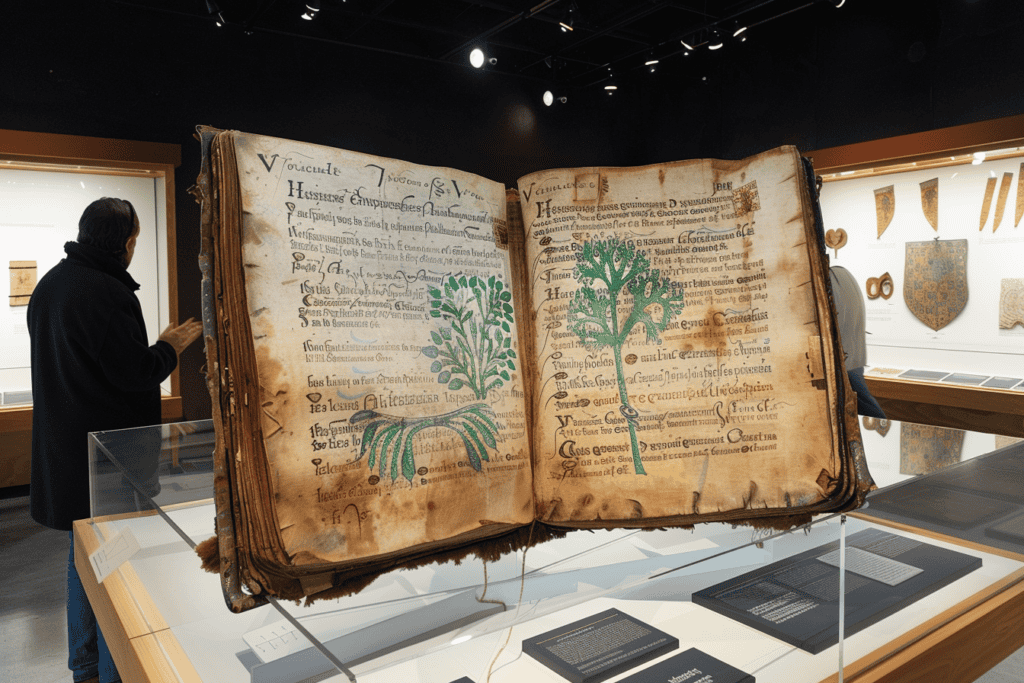
The manuscript is believed to have been created in the early 15th century, and it is named after Wilfrid Voynich, a Polish book dealer who acquired the manuscript in 1912.
The manuscript is written on vellum, and it consists of over 200 pages of text and illustrations.
The text is written in an unknown script that has yet to be deciphered, and the illustrations depict a variety of subjects, including plants, animals, and astrological symbols.
The Voynich Manuscript has been the subject of numerous theories and speculations over the years.
Some have suggested that the manuscript is a medieval medical text, while others have claimed that it is a work of alchemy or a secret code used by the Knights Templar.
Despite the many theories and speculations, the true nature and purpose of the Voynich Manuscript remain a mystery, and its undeciphered script continues to fascinate and intrigue scholars and enthusiasts alike.
The History and Discovery of the Voynich Manuscript
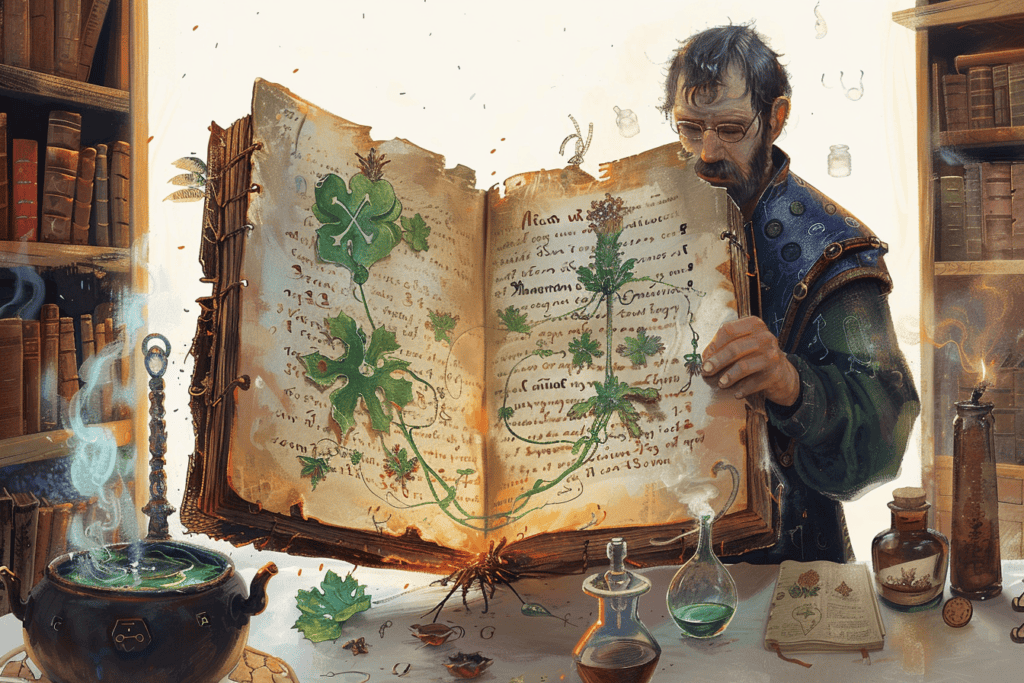
The origins of the Voynich Manuscript are shrouded in mystery.
The manuscript is thought to have been written in the early 15th century, and it is named after Wilfrid Voynich, who acquired it in 1912. Before that, the manuscript’s history is not well-documented.
It is believed that the manuscript was once in the possession of Johannes Marcus Marci, a 17th-century Czech physician and scientist.
Marci is said to have sent the manuscript to Athanasius Kircher, a Jesuit scholar, in the 17th century. After that, the manuscript’s whereabouts are unknown until Voynich acquired it in 1912.
Wilfrid Voynich and the Manuscript’s Rise to Fame
Wilfrid Voynich was a Polish book dealer who lived in London.
In 1912, he acquired the Voynich Manuscript from a Jesuit college in Italy.
Voynich was fascinated by the manuscript and spent the rest of his life trying to decipher it. However, he was unsuccessful, and the manuscript remained a mystery.
After Voynich’s death, the manuscript was bequeathed to his widow, who eventually sold it to Hans P. Kraus, a New York book dealer.
In 1969, Kraus sold the manuscript to Yale University’s Beinecke Library, where it remains today.
Analyzing the Content and Structure
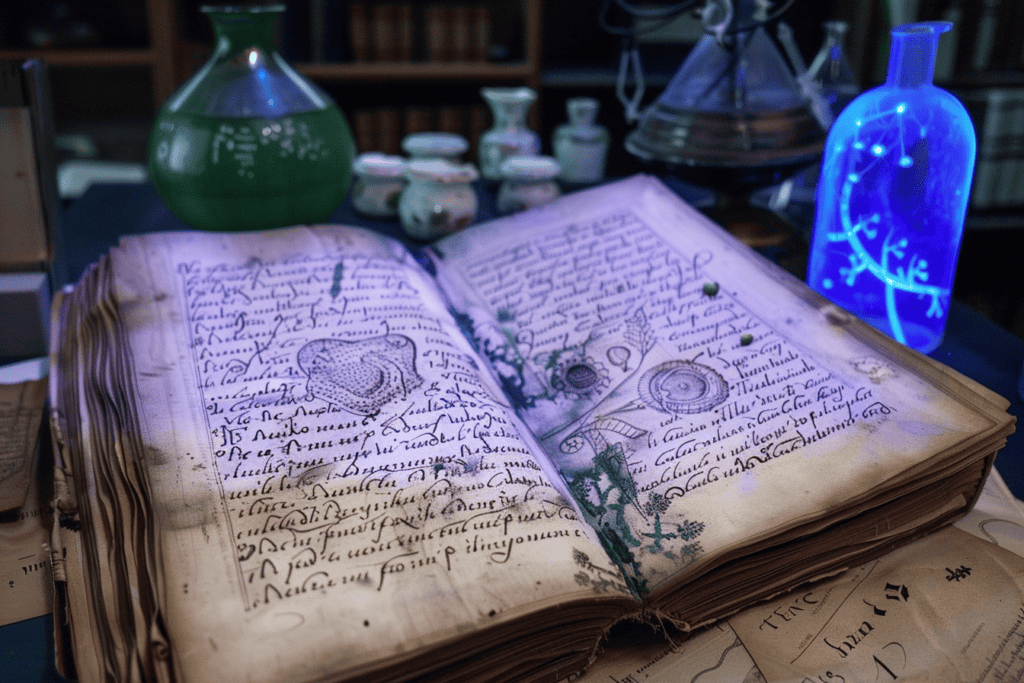
The Voynich Manuscript is filled with illustrations of plants, zodiac symbols, astronomical and cosmological objects, pharmaceutical recipes, and naked women.
The illustrations are highly detailed and intricate, with some pages containing up to six different images.
The plants depicted in the manuscript are not identifiable with any known species, which has led some to speculate that they may be fictional or even mystical in nature.
The naked women are often depicted in bathtubs or pools, leading some to believe that the manuscript may contain information on balneological practices.
The Enigmatic Voynichese Language
The Voynich Manuscript is written in an unknown language that has yet to be deciphered.
The language is comprised of a series of symbols and glyphs that have no known relation to any other language.
The text is written in a flowing script that is difficult to read, and the words are not separated by spaces.
Many attempts have been made to decipher the language, but so far, none have been successful.
Scientific and Herbal Sections
The manuscript contains sections that appear to be related to science and medicine.
These sections contain recipes for pharmaceuticals, as well as descriptions of different plants and their uses.
Some of the plants described in the manuscript are identifiable, such as the mandrake and the sunflower.
Other sections of the manuscript contain astronomical and cosmological information, including depictions of stars and constellations.
Historical Efforts to Decode the Manuscript
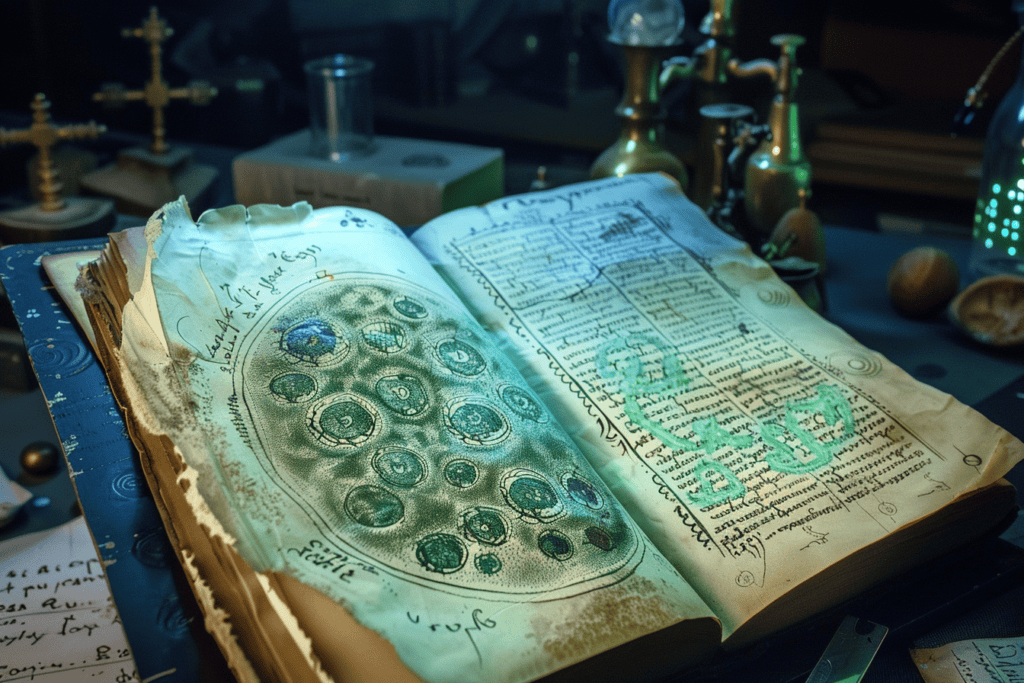
Since the discovery of the Voynich Manuscript, many attempts have been made to decipher its contents.
The first known effort was made by William Romaine Newbold, a professor of philosophy at the University of Pennsylvania.
In the 1920s, Newbold claimed to have discovered a complex cipher in the manuscript, which he believed was created by Roger Bacon, a 13th-century English philosopher. However, his theory was later debunked by other experts.
In the 1940s, cryptologists William and Elizebeth Friedman worked on the manuscript, but they were unable to make any significant breakthroughs.
In the 1970s, the book was examined by a team of experts at the National Security Agency (NSA), but their efforts also proved fruitless.
Modern Cryptographic Analysis
In recent years, the manuscript has been subjected to modern cryptographic analysis, using advanced computer algorithms.
However, these efforts have also failed to produce any significant results. Some experts believe that the manuscript may be a hoax or a meaningless work of art, rather than a genuine attempt at communication.
The identity of the author of the Voynich Manuscript remains a mystery.
Some experts have speculated that it was created by an alchemist or a secret society, while others believe that it may have been the work of a mental patient or a fraudster.
Some have even suggested that the manuscript may have been created by extraterrestrial beings.
The Manuscript’s Cultural and Scientific Significance
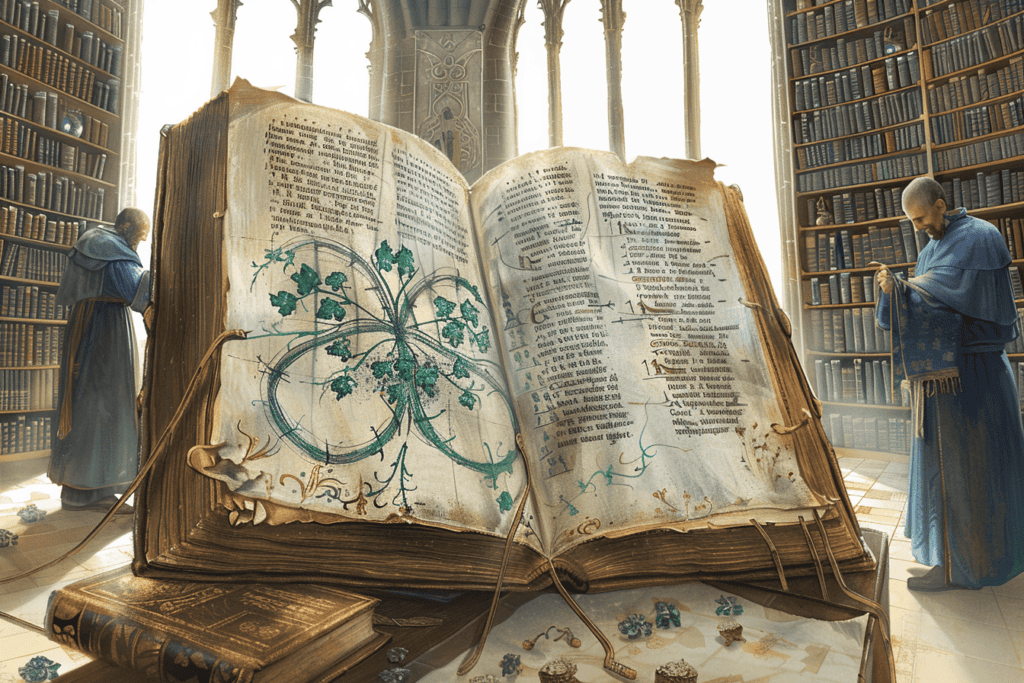
The Voynich Manuscript has long been considered one of the most mysterious and enigmatic manuscripts in the world. Its cultural and scientific significance is immense, and it has captured the imagination of scholars and the public alike.
The manuscript’s unknown script and mysterious illustrations have baffled codebreakers and linguists for centuries.
Many have attempted to decipher the text and unlock its secrets, but to no avail. The manuscript has therefore had a significant impact on the fields of cryptography and linguistics, inspiring new research and theories.
Influence on Literature and Popular Culture
The Voynich Manuscript has also had a significant impact on literature and popular culture. It has been referenced in numerous works of fiction, including novels, films, and television shows.
Its mysterious nature has captured the imagination of writers and readers alike, inspiring new stories and adventures.
In recent years, the manuscript has also been the subject of several translations and facsimile editions, making it more accessible to scholars and the public.
The Yale University Press has published a facsimile edition of the manuscript, allowing readers to study its illustrations and text in detail.
Overall, the Voynich Manuscript’s cultural and scientific significance cannot be overstated. It continues to inspire new research and theories, and its mysterious nature ensures that it will remain one of the most intriguing manuscripts in the world.










Add Comment